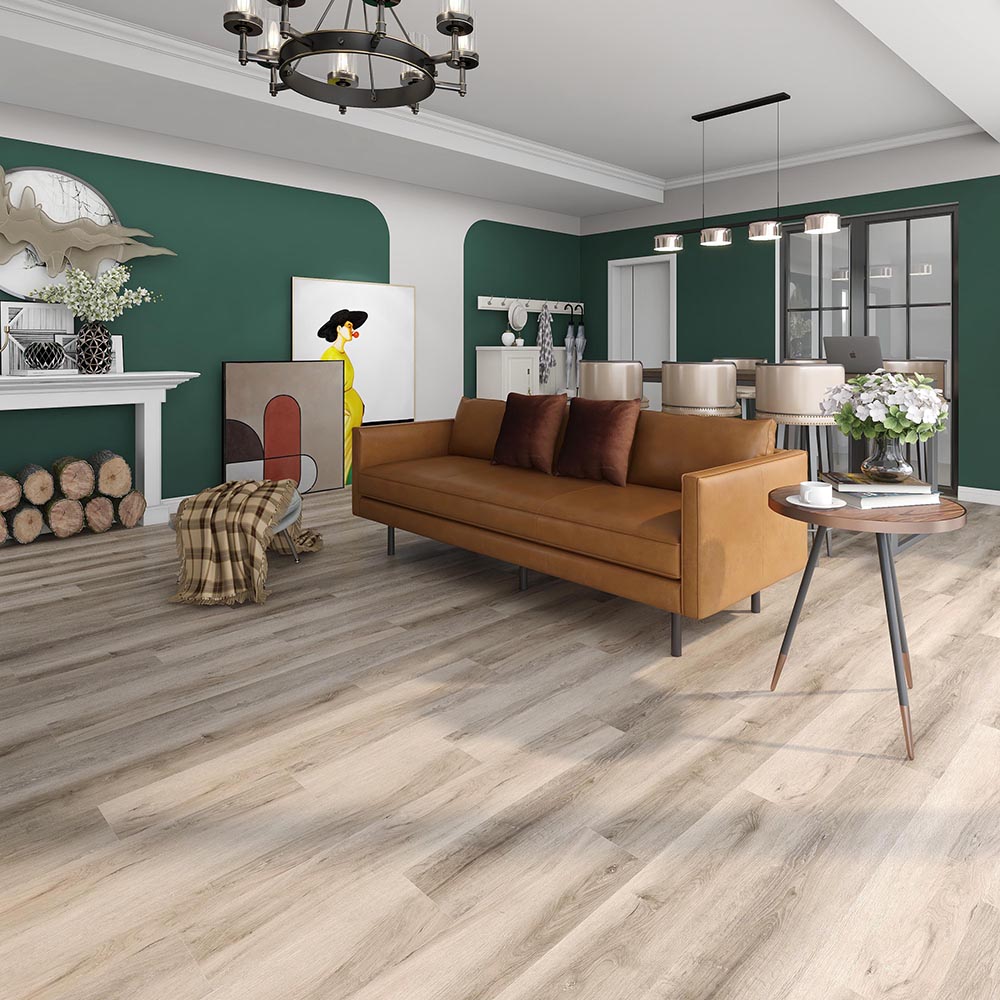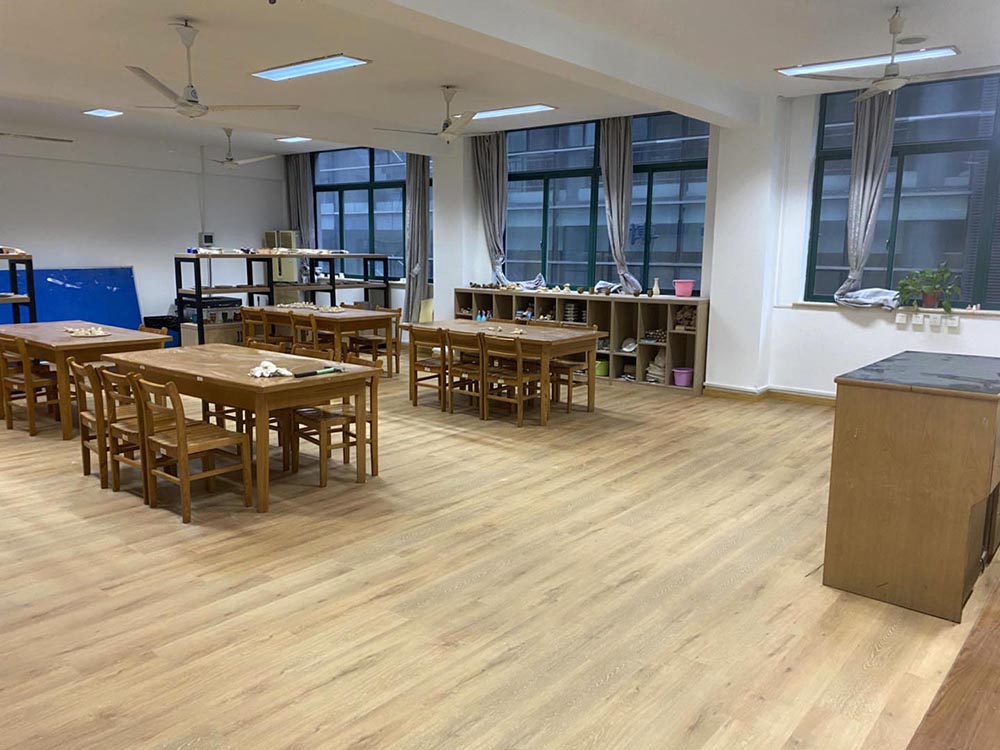In the realm of modern homes and commercial spaces, the choice of flooring material directly impacts the overall user experience and maintenance costs. As technology advances, more and more people are turning their attention to a new type of flooring material—SPC flooring. With its excellent performance, abundant styles, and relatively reasonable price, it has gradually become a practical option in many scenarios. This article will delve into the characteristics, application scope, advantages, and disadvantages of SPC flooring from the perspective of scene application, helping readers rationally understand and choose the right flooring material.
Compared with traditional wooden flooring or ceramic tiles, SPC flooring boasts several notable advantages: excellent waterproof performance, easy installation, simple maintenance, relatively affordable price, and a variety of styles. These features make it highly adaptable in many different scenarios.
1. Residential Spaces
In home settings, different areas like the kitchen, living room, and bedroom have varying demands on the floor. SPC flooring, with its waterproof, moisture – resistant, and easy – to – clean properties, is particularly suitable for kitchens and bathrooms. Kitchen floors often face water spills, oil stains, and even mud. Traditional wooden floors are prone to warping due to moisture, but SPC flooring can handle these challenges with ease.
In living rooms and bedrooms, choosing SPC flooring with diverse styles can create a warm and natural atmosphere. Its rich range of patterns and color options helps to match different decoration styles, enhancing the overall beauty of the space.
2. Commercial Establishments
Commercial places such as retail stores, offices, and restaurants have high requirements for the wear resistance and pressure resistance of the floor. The wear – resistant layer of SPC flooring can effectively resist the wear caused by high foot traffic, extending its service life. Its easy installation and convenient maintenance features reduce the logistical burden in commercial operations.
For example, laying SPC flooring in the public areas of shopping malls can achieve a combination of beauty and practicality. It meets the durability requirements of the commercial environment and avoids the cost pressure caused by frequent replacements. In restaurants and fast – food joints, waterproof and stain – resistant properties are equally important, and SPC flooring can meet these needs.
3. Public Spaces and Industrial Sites
In some public spaces like schools, hospitals, and factories, the floor needs to have certain wear resistance, pressure resistance, and safety performance. SPC flooring, with its solid structure, can bear heavy loads. Moreover, it is antibacterial and easy to clean, making it suitable as a flooring material in places that value hygiene and durability.
In industrial settings, the anti – slip performance of the floor is also an important consideration. Some SPC flooring products are equipped with anti – slip surfaces, which are suitable for the safety needs of industrial environments.
SPC flooring, with its waterproof, moisture – resistant, wear – resistant, easy – to – install features and diverse appearances, has become a practical choice in many scenarios. From homes to commercial spaces and public places, it can meet the current needs. In the process of purchasing and applying, considering the specific needs of the scene and choosing the right product type and installation method will help you better exert the advantages of SPC flooring.
In the future, with the continuous development of material technology, SPC flooring is expected to show higher performance and more abundant styles in more occasions, providing more convenience and possibilities for people’s daily life. Choosing the right flooring material is an important step in creating a comfortable and safe space, and SPC flooring is undoubtedly an option worth considering.
Post time: Jul-25-2025




